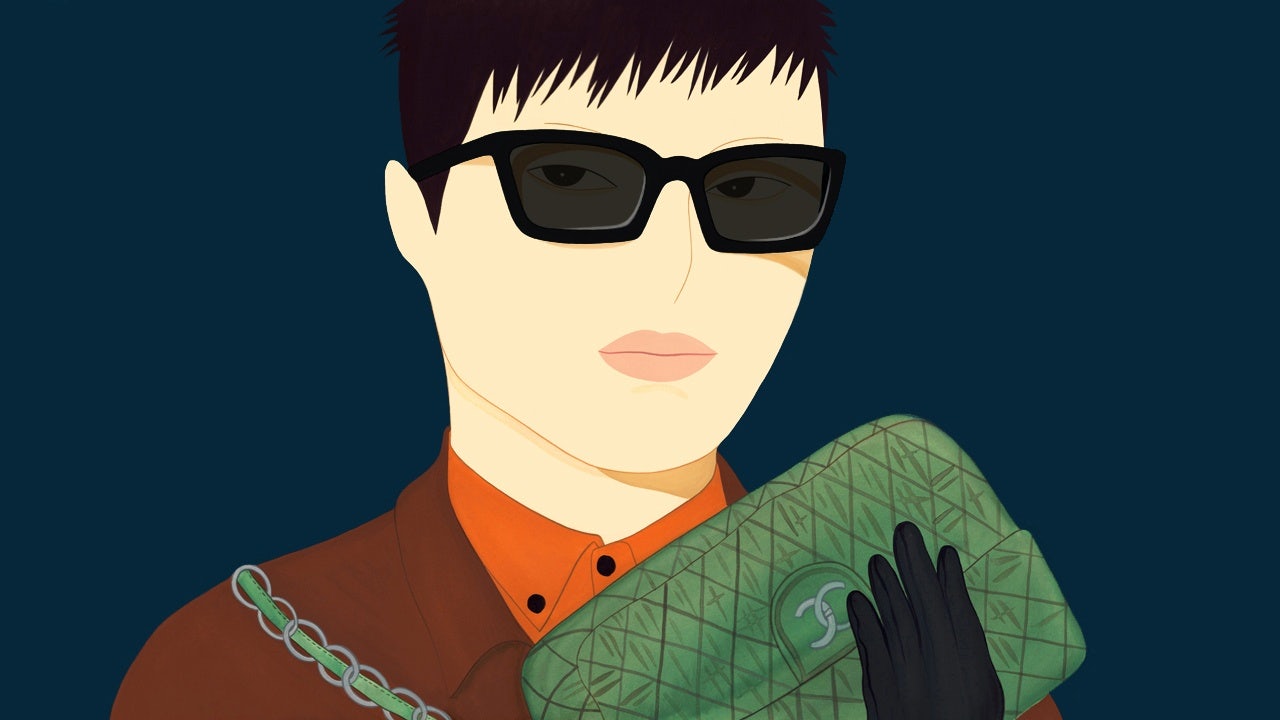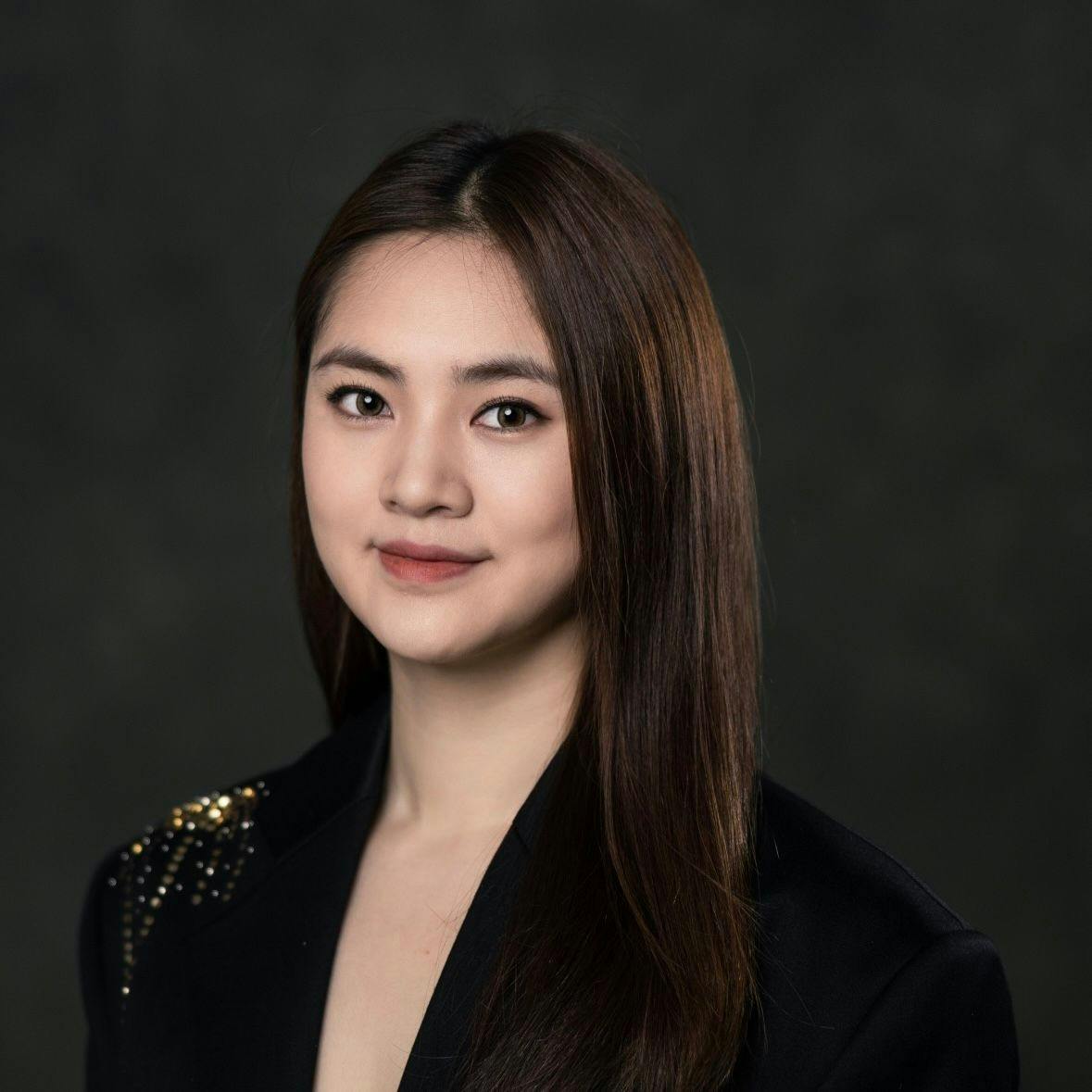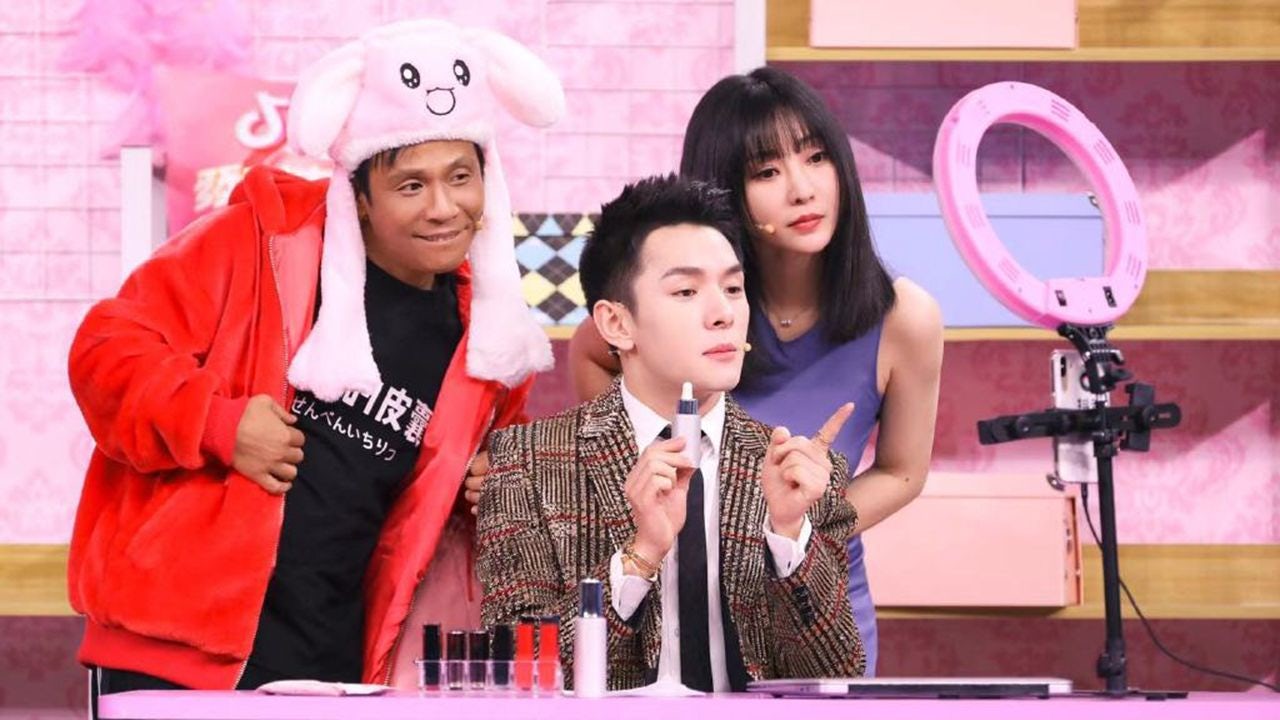Fashion stylist and influencer Declan Chan is the next creative that Jing Daily is highlighting as part of China’s community of individuals who bridge the gap between global brands and the country’s fashion industry. This section profiles industry leaders who contribute to both national and global fashion communities, from consumers and behind-the-scenes employees to business executives and influencers.
On his social media, Declan Chan identifies himself as a globetrotting pro-fashion-al [a play on the word professional] based in Hong Kong. Much of his popularity is based on this kind of astute humor as well as his willingness to genuinely connect global brands and audiences.
In his early career, Chan transitioned from working as a fashion editor to an in-house creative manager for the retailer Lane Crawford. Along the way, he developed a unique sense of content creation that established him as both a go-to stylist and a global influencer. Now, Chan’s work speaks for itself. He has styled for major media outlets, including Vogue Hong Kong, South China Morning Post, Men’s Uno Hong Kong, and Mainland China. More recently, he’s plotted numerous well-received campaigns for international luxury houses like Cartier, Estée Lauder, and Calvin Klein that target the local market.
On the ground and from behind-the-scenes, Chan holds the coveted position of witnessing China’s changing fashion industry firsthand. Yet it’s his ability to communicate fashion to the world that’s made him a person of interest. On social media, his followers include a tight circle of industry insiders — editors, buyers, and retailers — and a large pool of enthusiastic fashion and travel fans.
A regular on the front row, Chan delivers instant, unfiltered updates to his 60,000 Instagram followers from the market’s front lines. His on-the-street looks are featured in renowned fashion media outlets such as Vogue and GQ. But his awareness of being rooted in China’s fashion community is what has really distinguished his career. “Asian people are from all around the world and they love to see posts from the perspective of an Asian person like myself,” he acknowledged.
Since early February, Chan had been traveling across Europe and was among the few Chinese faces present at the 2020 fall-winter fashion week season. As the COVID-19 pandemic worsened in Europe and affected flights departing from countries like Italy, France, and the UK, Chan soon found his itinerary delayed. But, fortunately, he managed to return to Hong Kong where he sat down to speak with Jing Daily. From his home quarantine at Happy Valley, Hong Kong, Chan shared his fashion week experience, his unique take on the current dynamic between brands and audiences, and more.
Has your work schedule been impacted by the virus outbreak?#
I was off to the fashion weeks in early February when the flights between Hong Kong and Europe became restricted, so I was worried that my schedule would be affected by travel bans. Though I made London, Milan, and Paris this season, all the events after fashion weeks were canceled or put on hold. Some fashion shoots were still happening, but logistically it was a nightmare. Hopefully, things will go back to normal in a month or two.
How was your experience at this season’s fashion week?#
There were still some familiar Chinese faces such as influencers like Dipsy, Leaf Greener, Yuwei Zhangzou, and editor Tim Lim who attended. The Chinese section at the shows was downsized but only as a temporary measure. Once the virus is over, it will be revived. I was glad I was able to represent while I could.
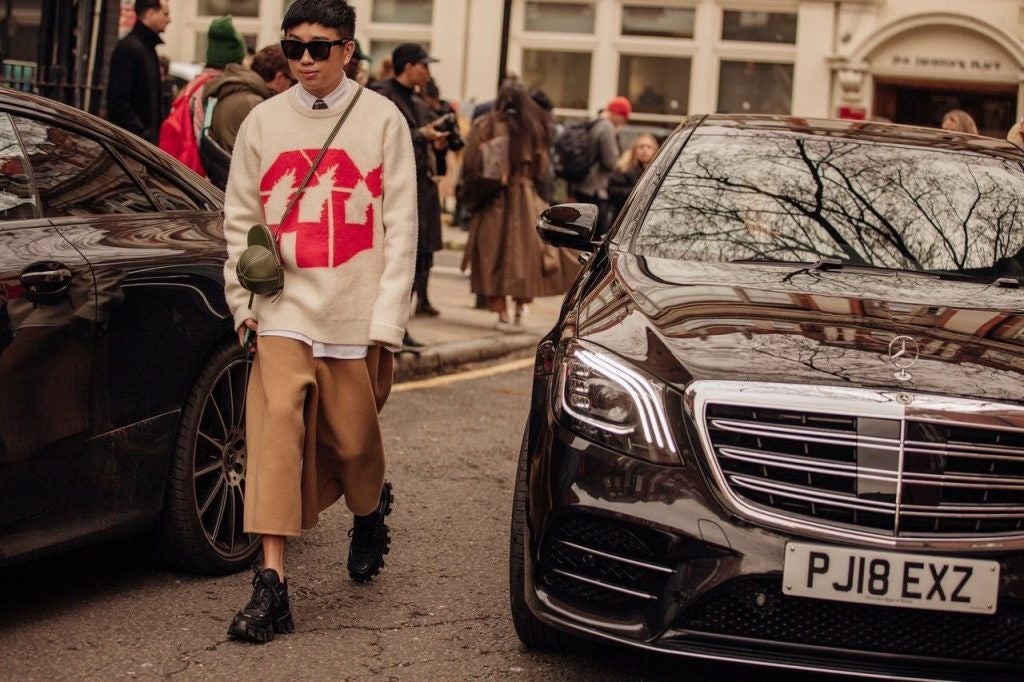
What challenges do you think the outbreak will bring to the industry and the influencer economy?#
The challenge for influencers is that there are no physical events — and therefore activations — that they can participate in. But since brands still need to drive online transactions, I am sure they are figuring out how to keep working with influencers to create online conversions. After all, people can still shop at home.
What changes have you noticed among your followers since you began using social media?#
When I started on Weibo (which I have given up now since it was hacked), followers only wanted to see what you were wearing in an OOTD [Outfit Of the Day] format. Since I started using Instagram, and with the addition to Instagram stories, there has been a lot more audience interaction. They want to see your whole journey, especially during fashion week. They want to see the real behind-the-scenes of fashion, the show, and how you experience an event.
You can also show them your day-to-day decisions. An outfit snapshot, street style pictures, or an editorial image just doesn’t cut it these days, I think. It needs to be a 360-degree presentation of what you go through in your life, as someone living and breathing the fashion industry.
Also, I think offering relevant advice to them is important. Like recently, I had the most engagement when I was talking about my experience of going into self-quarantine. People actually crave and need advice sometimes.
How do you think Chinese customers want to interact with brands today and in the future?#
Apart from brand content and livestreams, Chinese customers react well when they see a brand initiating some positive contribution to society, like contributing to environmental issues, sustainability, or donating to fight the virus.
Speaking of the future, I think the interaction between brands and consumers will depend on the development of platforms. Though many brands have tapped Weibo and WeChat, there’s still room for brands to play further. For example, Tiktok is another ecosystem that still needs more thinking in terms of how to work effectively with fashion.
What type of campaigns do you find audiences actively respond to?#
I think the endorsement of a celebrity is a MUST in a campaign from a major brand as it will drive critical mass. The Calvin Klein CNY campaign that I styled featuring Lay Zhang is a good example of how you need a grade-A celebrity for a blockbuster campaign.
On the social media side of things, picking the right influencer is really important, and the client needs to think about their sphere of influence. For example, I recently worked on a social campaign for Lane Crawford to launch the Thom Browne edition of the Samsung Z Flip phone. We didn’t pick people with big followings; instead, we picked a handful of talents who were connected to the right crowd, and the phones were sold-out before they hit the shop floor.
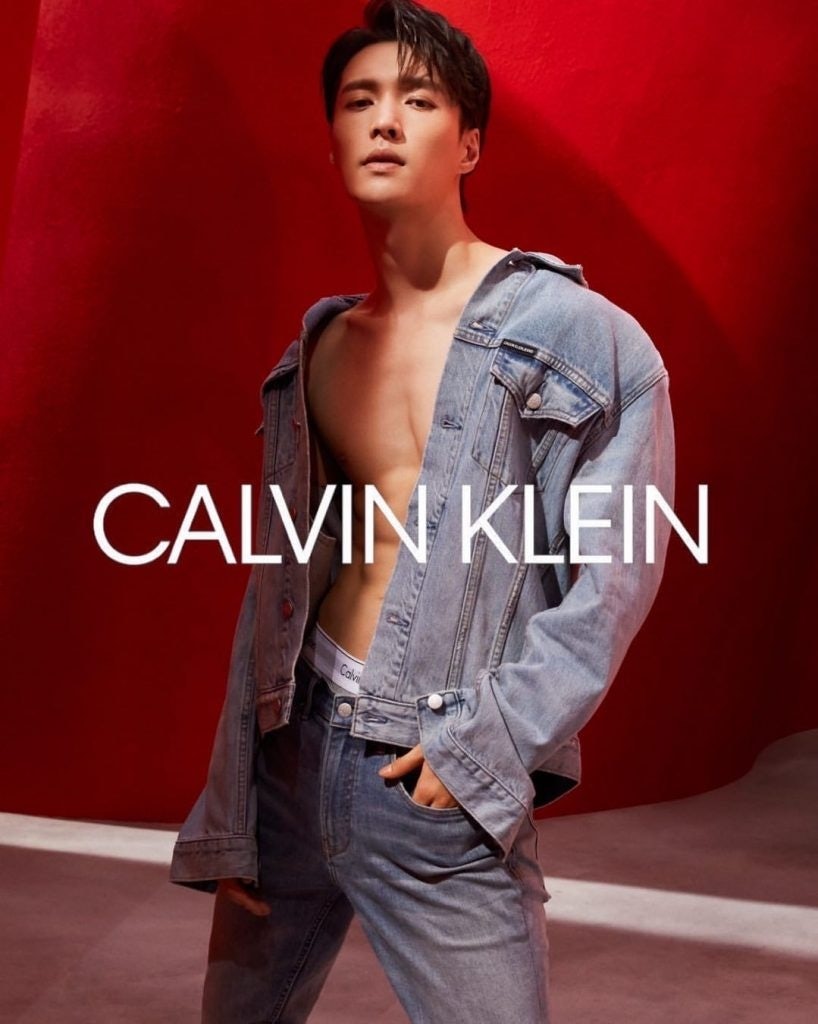
What factors do you consider when you start a new brand collaboration?#
From my experience, I am mostly approached by clients who see work I’ve done that’s relevant to their business or their direction. I don’t really approach clients myself. So usually the collaborations I’m offered fit the style of my work.
But I keep the scope of what I do flexible. That includes styling a brand campaign, creating a social media campaign, setting design for a hotel’s visual branding, and promoting a product as an influencer. I think it’s about how you fit your skillset to the client’s needs and then find a synergy to make the collaboration work.
Lastly, how do you measure personal success as a stylist and fashion influencer? Is it based on taste, authenticity, or relationship with brands?#
I think the success of a stylist is measured by the ability to help your client transform or elevate their image — be it a brand, celebrity, or magazine. The taste is the reason why your clients find you, but it also comes down to your relationship with brands, because in most cases, they are the ones that provide you with the working tools, which is the product.
As an influencer, the most important part is to be authentic and have your own voice. Just being able to wear looks like a model isn’t enough to build a digital career. Having the ability to produce content your audience can resonate with is very important.
The way you communicate with people on social media is no longer a one-way dialogue — it’s more interactive. You need to take time to cultivate a relationship with followers. Also, the quality of what you post is more important than the follower count.
